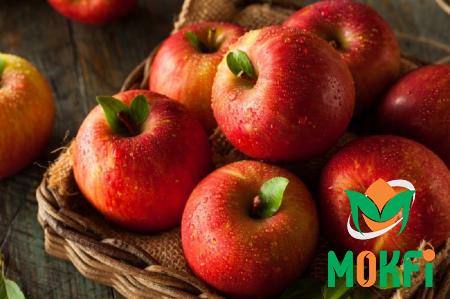Navel oranges are renowned for their sweet and juicy flavor, making them a popular fruit choice for consumers worldwide. However, not all navel oranges are created equal. When purchasing these citrus jewels, it is crucial to understand the factors that distinguish a high-quality fruit from an average one. In this article, we will explore the art of selecting and enjoying the finest, most flavorful navel oranges.

1. Visual Cues:
Start by examining the appearance of the navel orange. A quality fruit will have a bright, vibrant color and a smooth, glossy skin. Look for oranges that have evenly distributed color, ranging from deep orange to slightly reddish hues. Avoid fruits with overly pale or greenish skin, as they may indicate immaturity or poor quality. Additionally, inspect the surface for any blemishes, mold, or bruises, as these are signs of inferior fruit.
2. Size and Weight:
While size may not always be an indicator of quality when it comes to navel oranges, it can provide useful insights. Choose fruits that are medium to large in size, as they tend to have a higher juice content and better flavor. Also, consider the weight of the orange – a heavier fruit generally indicates juiciness and quality.

3. Firmness:
Squeeze the navel orange gently to assess its firmness. A quality fruit should have a slight give, indicating juiciness and ripeness. However, be cautious of oranges that are too soft, as they may be overripe or have started to deteriorate.
4. Aroma:
The fragrance of a navel orange can reveal a lot about its flavor profile. A high-quality fruit will emit a pleasant, sweet aroma that is characteristic of fresh citrus. Avoid oranges with a lack of aroma or any unpleasant smell, as they are likely to be less flavorful.
5. Taste:
The ultimate test of a navel orange’s quality lies in its taste. The flesh of a premium orange will be exceptionally juicy, sweet, and tangy, with a perfect balance of flavors. Each bite should provide a burst of refreshing citrus goodness. Pay attention to the balance of sweetness and acidity while savoring the fruit.

6. Origin:
Consider the origin of the navel oranges you purchase. Certain regions, such as California’s San Joaquin Valley or Spain’s Valencia region, are known for cultivating premium quality navel oranges due to their ideal climate and soil conditions. Opting for oranges from reputable sources ensures you are more likely to obtain high-quality fruit.
7. Storage and Handling:
Once you have chosen your navel oranges, proper storage and handling are essential to preserve their quality. Store them in a cool, dry place, away from direct sunlight. If you are not consuming them immediately, refrigeration can help prolong their shelf life. Remember to handle the fruit gently to prevent bruising and damage.

Conclusion:
Selecting top-quality navel oranges is a skill that comes with experience and knowledge. By considering visual cues, size, feel, aroma, taste, origin, and storage, consumers can make informed choices that guarantee a delightful citrus experience. Appreciating the nuances of a perfectly juicy, sweet, and refreshing navel orange is a gratifying endeavor that encapsulates the art of enjoying this exquisite fruit.










Your comment submitted.